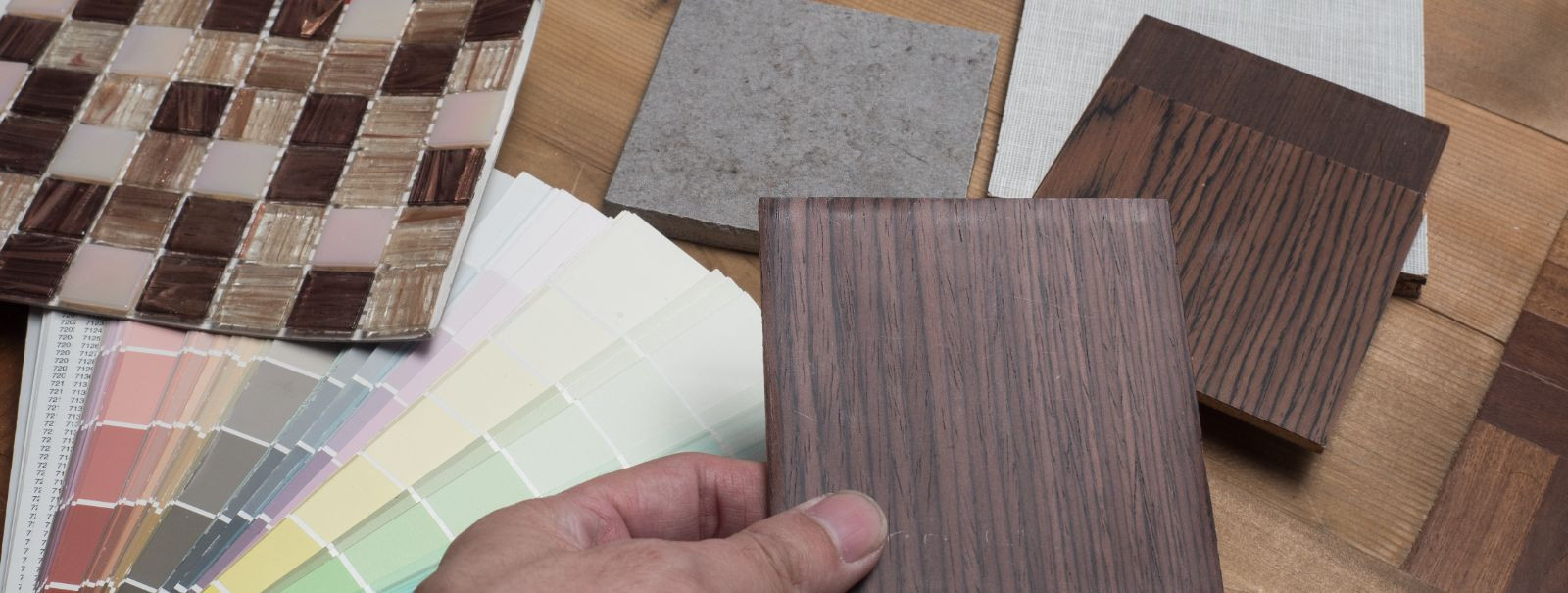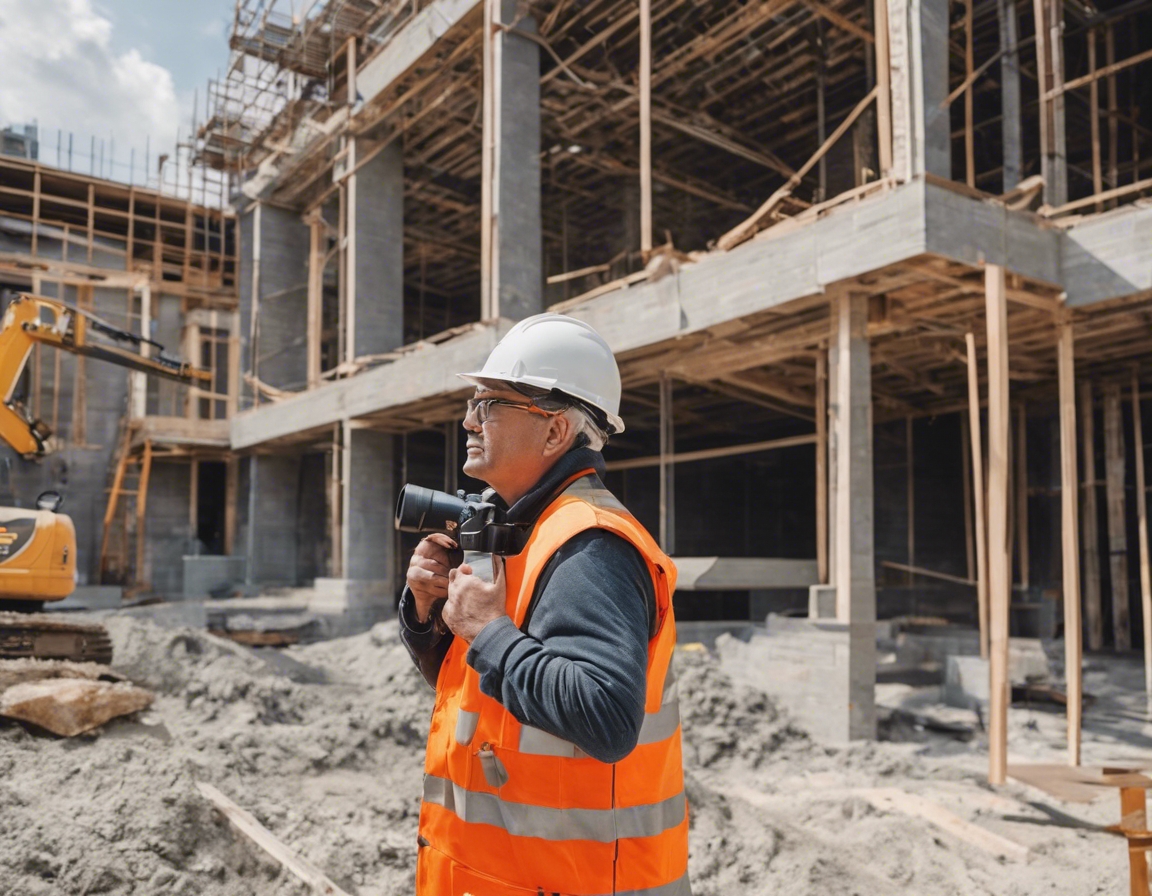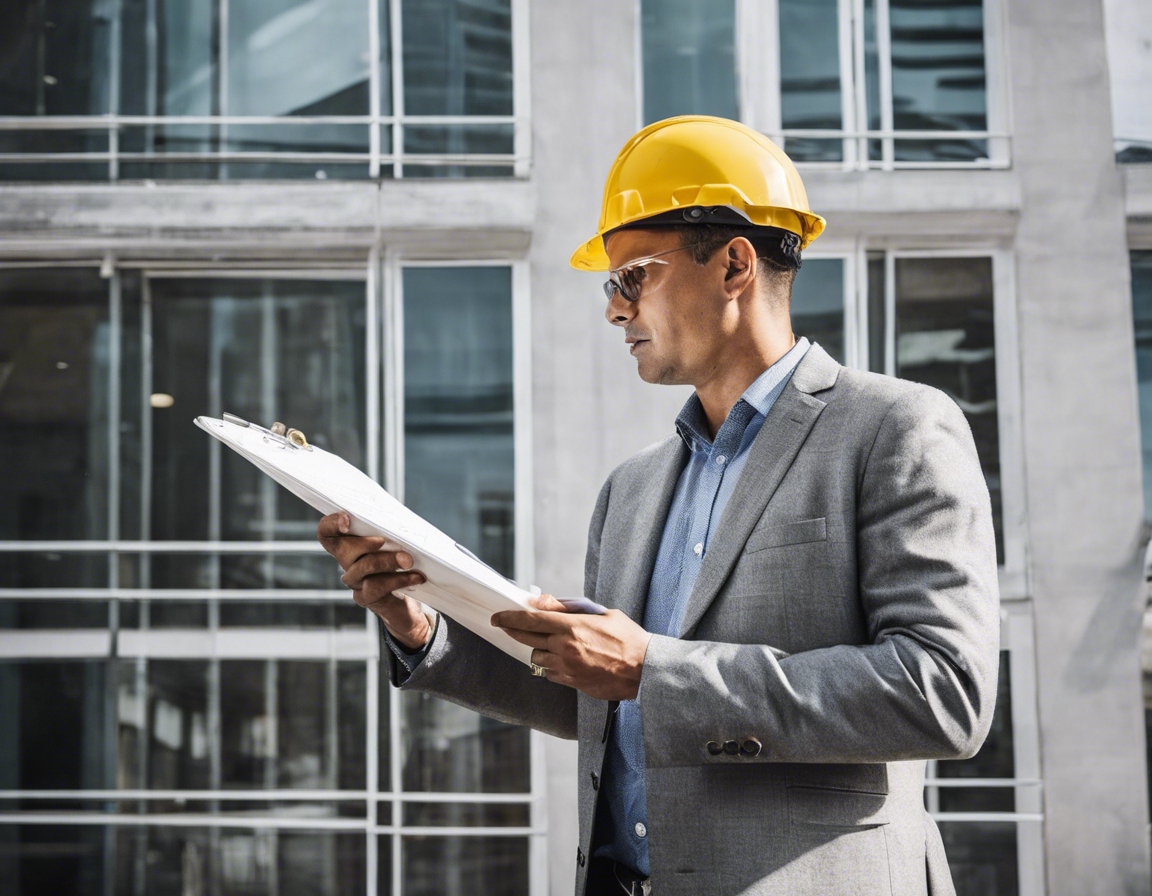The importance of sustainable building materials
Sustainable building materials are products and resources used in construction that are environmentally responsible and resource-efficient throughout their life cycle. From extraction and processing to installation and disposal, these materials are designed to reduce the impact on the natural environment and promote conservation of non-renewable resources.
The concept of sustainability in building materials is not new. However, the modern movement towards sustainability has gained momentum as the global community becomes more aware of the environmental crises facing our planet. The evolution of sustainable building materials reflects a growing commitment to reducing the construction industry's carbon footprint and promoting a healthier ecosystem.
The Environmental Impact of Construction Materials
Traditional building materials such as concrete, steel, and brick have a significant carbon footprint due to the energy-intensive processes involved in their production. The extraction of raw materials often leads to habitat destruction and biodiversity loss, while manufacturing processes contribute to greenhouse gas emissions.
The construction industry is a major consumer of natural resources and a significant producer of waste. Sustainable building materials aim to mitigate these issues by utilizing recycled content, reducing waste, and promoting the use of materials that are more abundant or renewable.
Benefits of Using Sustainable Building Materials
By choosing sustainable building materials, developers and builders can significantly reduce the environmental impact of their projects. These materials often have a lower carbon footprint, require less energy to produce, and help preserve natural resources.
While the initial cost of some sustainable materials may be higher, they can provide long-term savings through energy efficiency, durability, and reduced maintenance costs. Additionally, the growing demand for sustainable construction can lead to economic growth and job creation in the green building sector.
Materials that are non-toxic, free of harmful chemicals, and have low volatile organic compound (VOC) emissions can improve indoor air quality and reduce health risks for occupants. Sustainable building materials also contribute to safer construction practices and working environments.
Types of Sustainable Building Materials
Recycled materials such as plastic, glass, and metal can be repurposed into new construction products. Reclaimed materials, such as wood from old buildings, can also be reused in new construction, preserving the energy and resources initially used to create them.
Materials like bamboo, cork, and straw are renewable and have a lower environmental impact compared to traditional materials. They are often sourced from well-managed forests or farms, supporting sustainable agriculture and forestry practices.
Advancements in technology have led to the development of innovative materials such as self-healing concrete, aerogels, and thermally insulating paints. These high-tech options offer unique properties that can enhance the sustainability of buildings.
Challenges in Adopting Sustainable Materials
Despite the benefits, the adoption of sustainable building materials can be hindered by limited market availability and higher upfront costs. This can be a barrier for developers and builders who are working within tight budgets or timelines.
The lack of standardized regulations and certifications for sustainable building materials can make it difficult for industry professionals to identify and select appropriate materials. This challenge is compounded by the varying definitions and standards across different regions and countries.
Misconceptions about the performance, durability, and cost-effectiveness of sustainable materials can deter their use. Education and awareness-raising are crucial to changing perceptions and encouraging the adoption of sustainable practices in the construction industry.
Strategies for Incorporating Sustainable Materials in Construction
Integrating sustainable materials into construction projects requires careful planning and design. Architects and engineers must consider the environmental impact of materials at every stage of the building's life cycle and strive to minimize waste and maximize efficiency.
Building strong relationships with suppliers and manufacturers who prioritize sustainability can ensure a steady supply of sustainable materials. Collaboration can also lead to innovation and the development of new materials that meet the industry's evolving needs.
Education is key to driving change in the construction industry. By providing training and resources to professionals, and advocating for sustainable practices, the industry can move towards a more environmentally responsible future.





Comments (0)